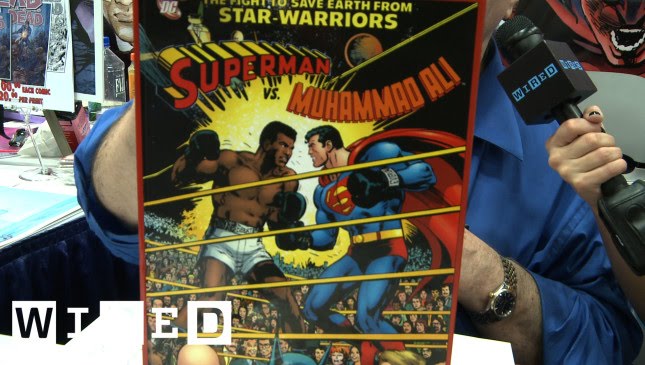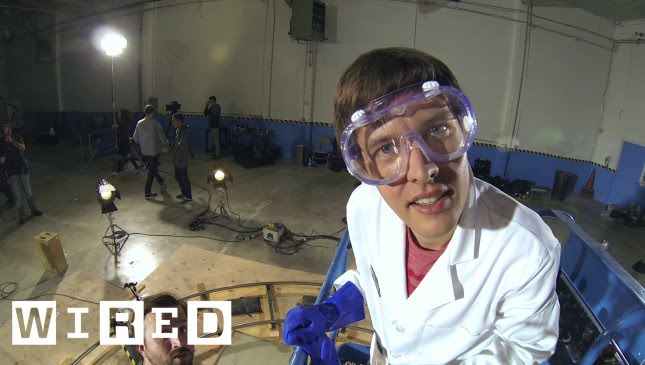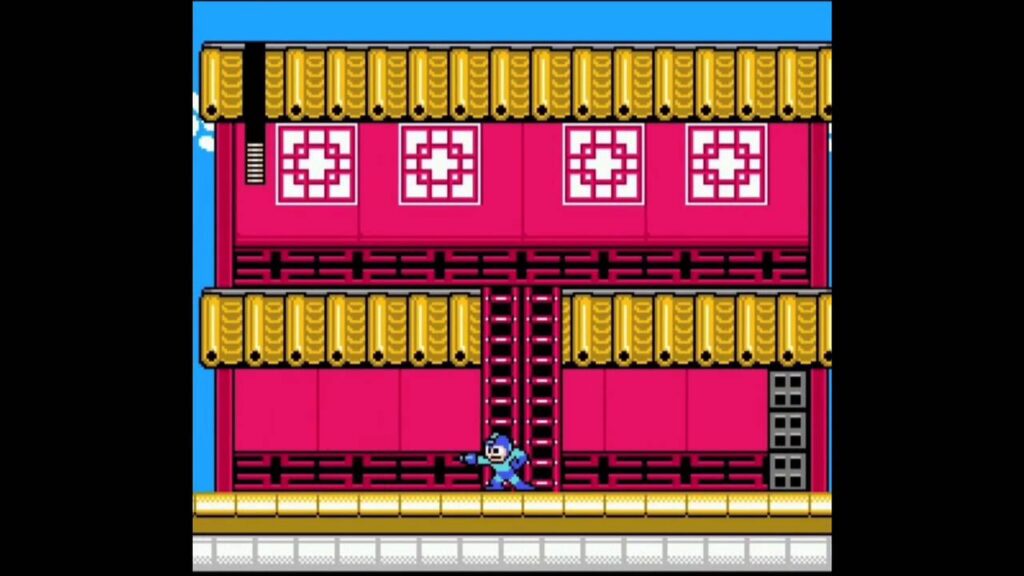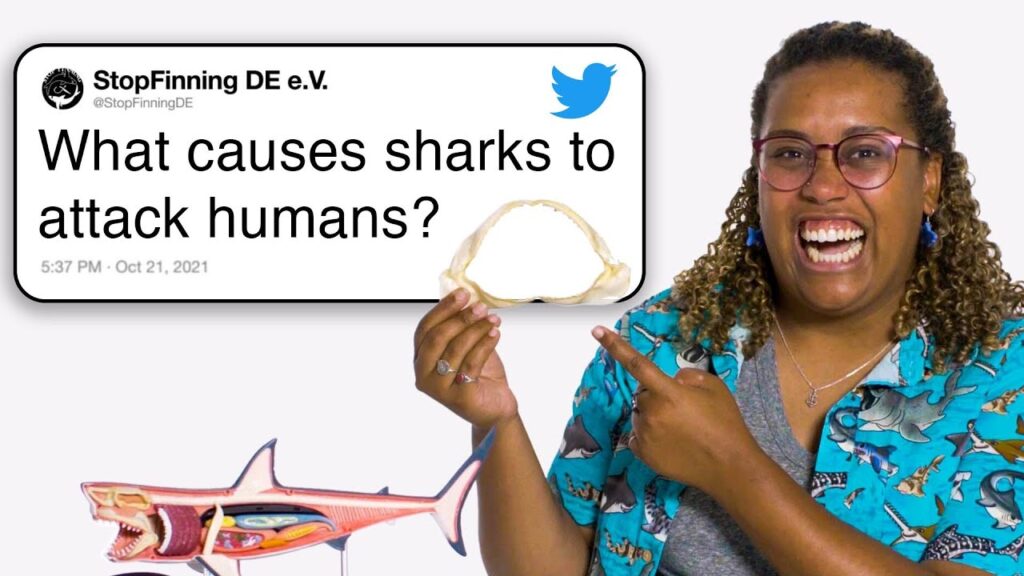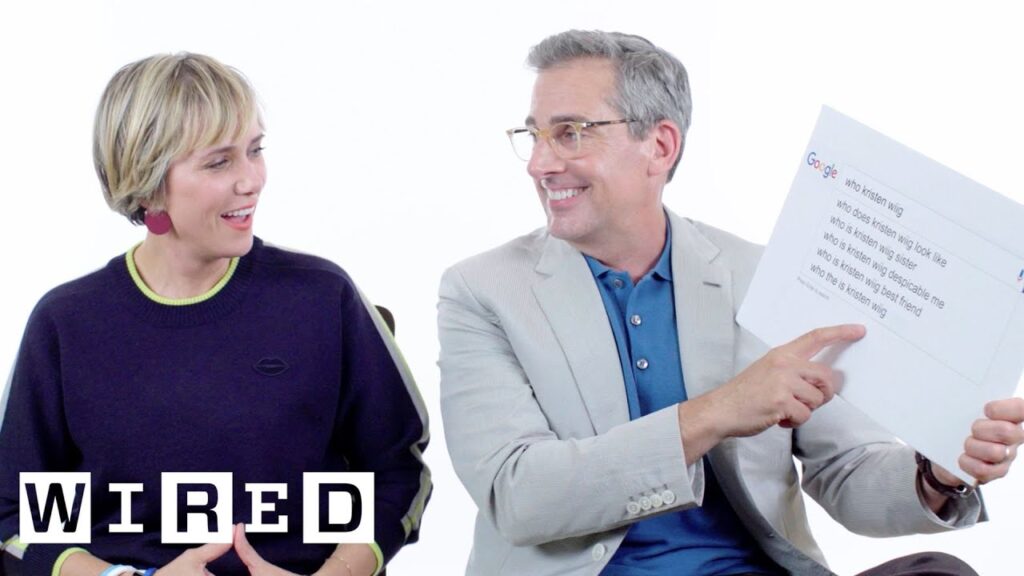Expert Tips on Pumpkin Carving for All Levels
Summary
In this article, James Hall, a two-time winner of Halloween Wars and a skilled pumpkin carver, provides readers with tips on pumpkin carving regardless of their experience level. James covers everything from the basic jack-o’-lantern to the more complex, layered carving technique.
Table of Contents
- The Basic Jack-O’-Lantern
- The Embellished Jack-O’-Lantern
- The Realistic Pumpkin
- Adding Background
- The Layered Carving Technique
- Conclusion
Introduction
The Halloween season is never complete without pumpkins- the pumpkin is as ubiquitous to Halloween as a Christmas tree is to Christmas. Pumpkins are not only great for decorating, but they are also perfect for carving. However, pumpkin carving is not always easy; it requires skill and the right tools to bring out the beauty and creativity in every pumpkin. Thankfully, we have James Hall- an expert in pumpkin carving who has won Halloween Wars two times- to provide us with tips for pumpkin carving no matter what level of experience we may have.
Q&A
Q: What kind of tools do you need for pumpkin carving?
A: You do not need sophisticated tools to carve a pumpkin. James advises starting with the basics – a small kitchen knife, ice cream scoop, and a fillet knife. For beginners, James recommends a pumpkin carving kit with saws, drills, knives, and templates to help kickstart their pumpkin carving experience.
Q: What is the best way to carve a jack-o’-lantern?
A: To carve a basic jack-o’-lantern, cut off the top of the pumpkin at a 45-degree angle instead of straight down to prevent it from falling inwards. Next, use an ice cream scoop to remove the pumpkin’s insides, leaving about an inch of the wall intact. Using a felt pen, draw out the design of the face you want on the pumpkin. Lastly, use a fillet knife to cut out the design on the pumpkin.
Q: How can I enhance a jack-o’-lantern’s face with more details?
A: An Embellished jack-o’-lantern is an excellent way to bring more character to your design. James recommends using a pumpkin scraper to make the pumpkin rind thinner and more translucent in some areas while retaining thickness in others. The pumpkin scraper can also help you create ridges, extra wrinkles, or warts. This process gives the jack-o’-lantern a more realistic look.
Q: How do I create a realistic pumpkin?
A: For a more realistic pumpkin, James advises sketching the design onto a piece of paper first. Consider how light interacts with your pumpkin and design your curves around it. Once the design is transferred to the pumpkin, use a fillet knife to carve deep into the pumpkin, making small cuts at a time. To create such detail, one must know how the light affects the pumpkin in three dimensions.
Q: How do I add a background to my pumpkin carving?
A: Adding a background is a great way to create a story within your pumpkin carving. James advises working on the background first to allow the main image to pop out fully. This technique involves pushing parts of the pumpkin back, so carving is essential. Pushing back the inner walls of the pumpkin allows for different depths, meaning that the background gets further back, making the main image stand out.
Q: What is the layered carving technique?
A: For the more experienced pumpkin carvers, consider using the layered carving technique. Use a fillet knife to carve the skin thinly and control the amount of light that passes through each layer. The brighter sections of the design require deeper carving, whilst the darker areas carved more thinly. Using street sweeper bristles or sticks that have been sharpened can help with removing layers of pumpkin skin- revealing depth in the design.
Conclusion
Whether carving a basic jack-o’-lantern or using the layered carving technique, the main idea for decorating a pumpkin creatively is to have fun. Following these tips from James Hall will help anyone wanting to elevate their pumpkin carving skills this Halloween season. Remember that each pumpkin has its unique shape and size, and following its natural shape can lead to a more creative and satisfying carving experience.
